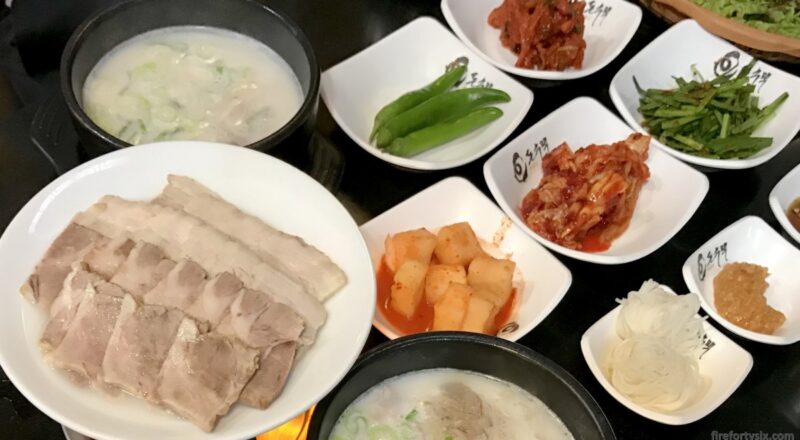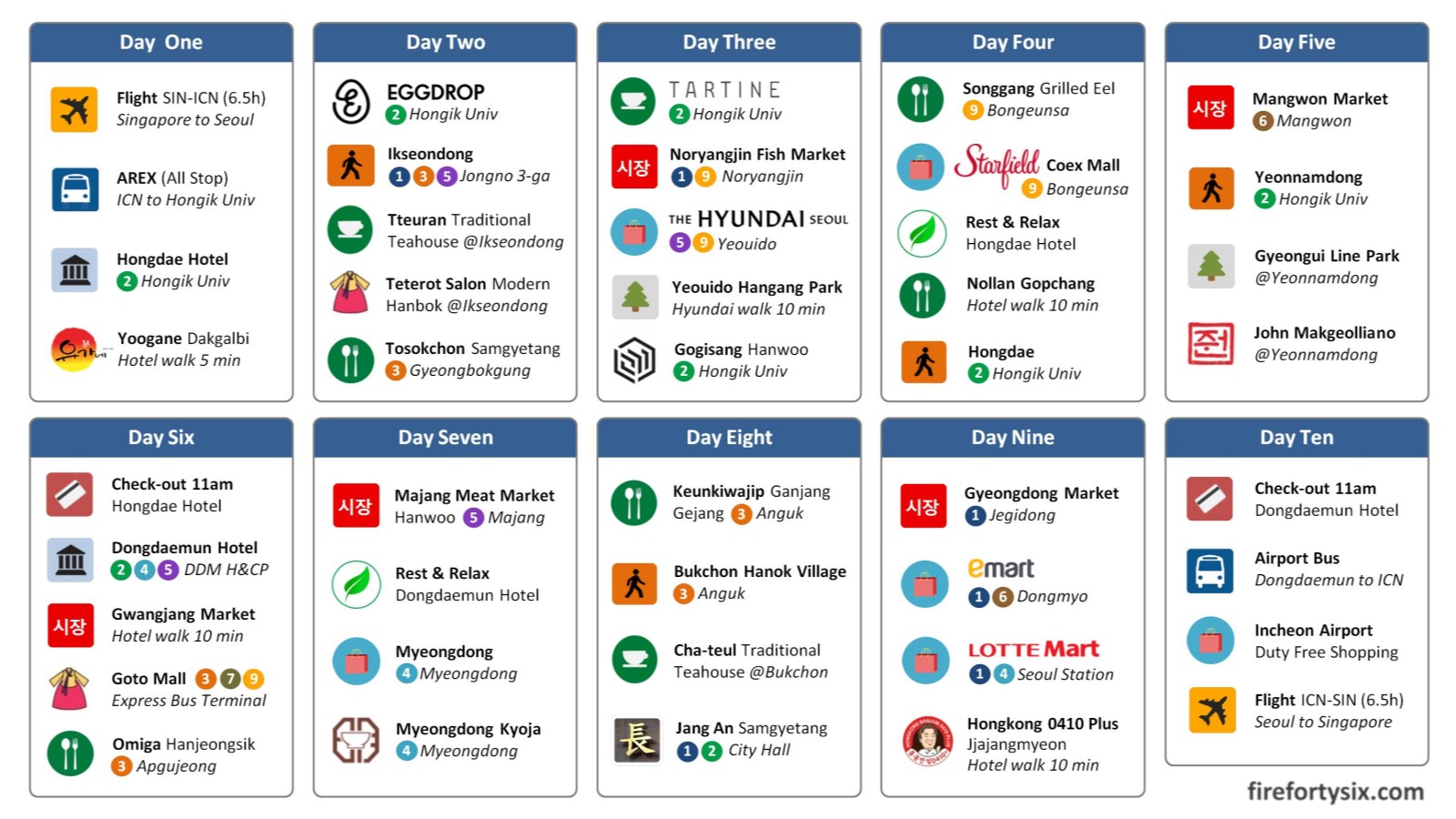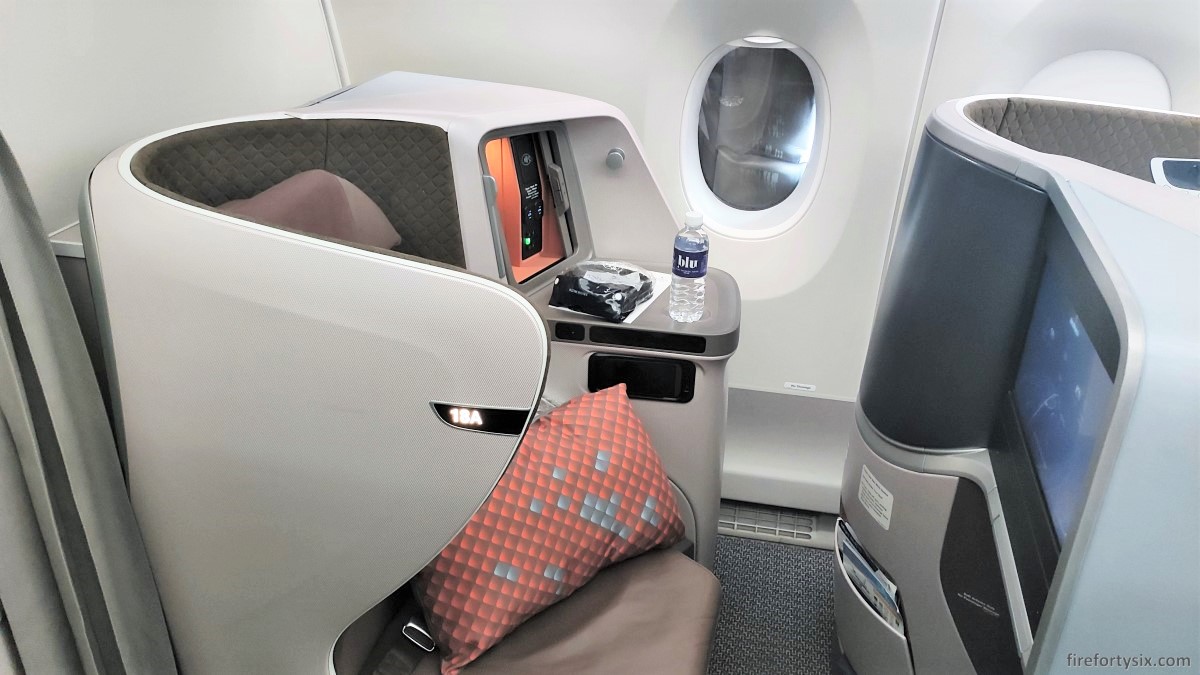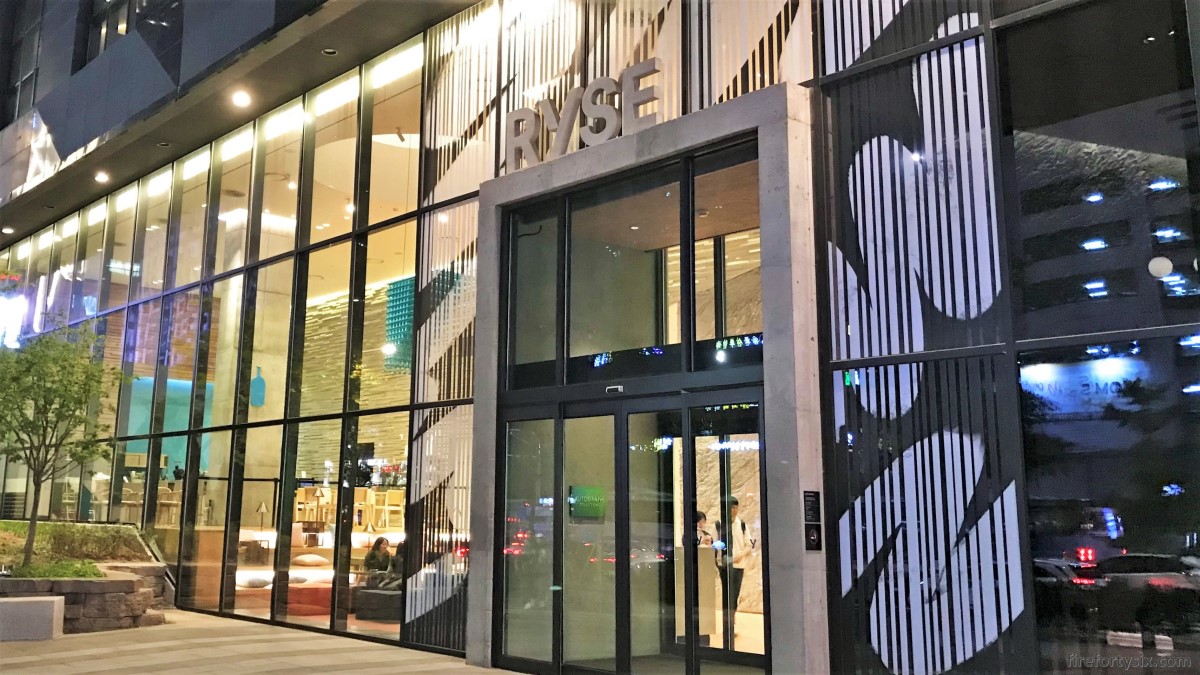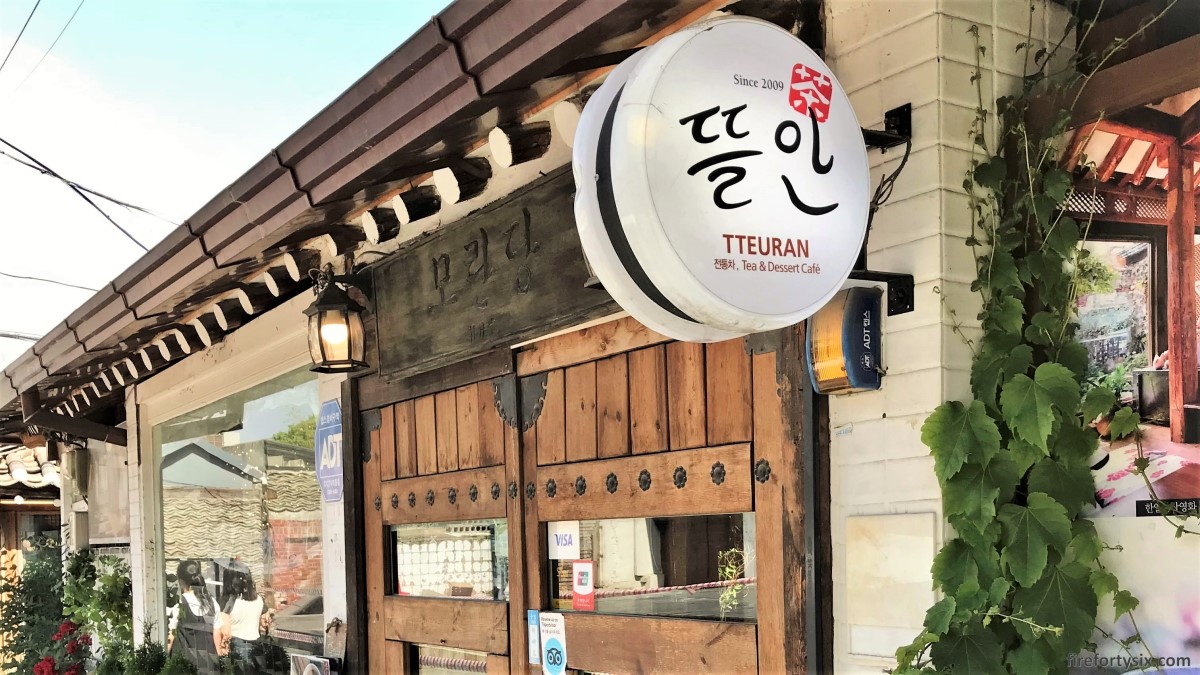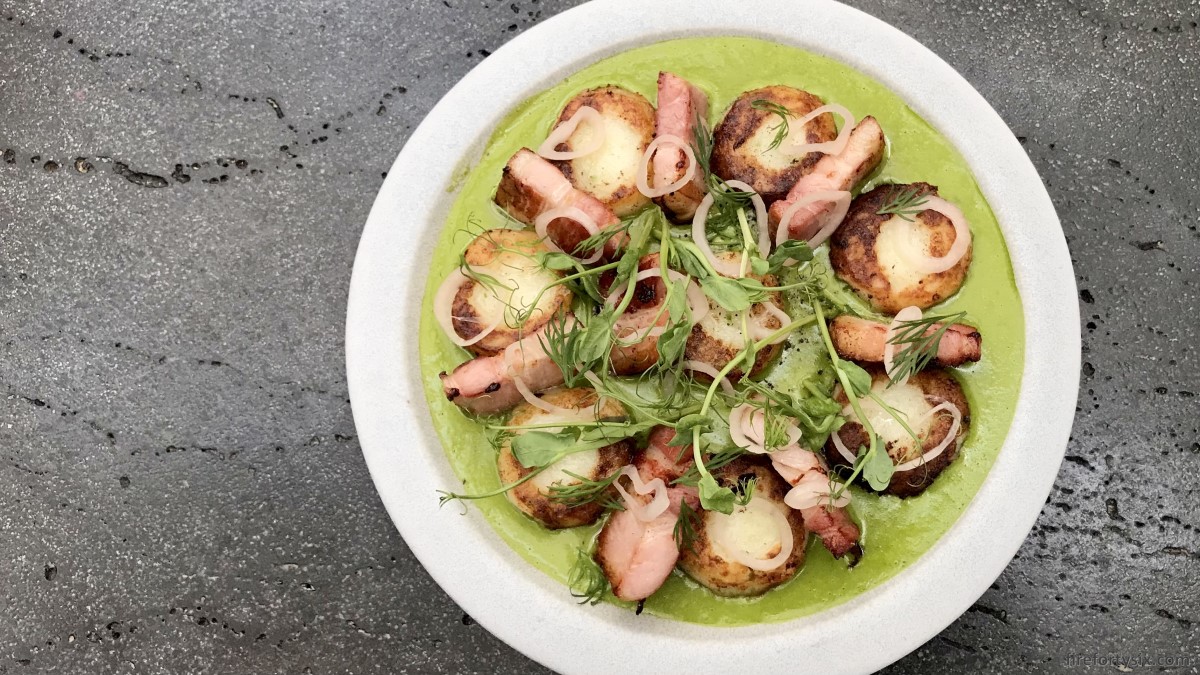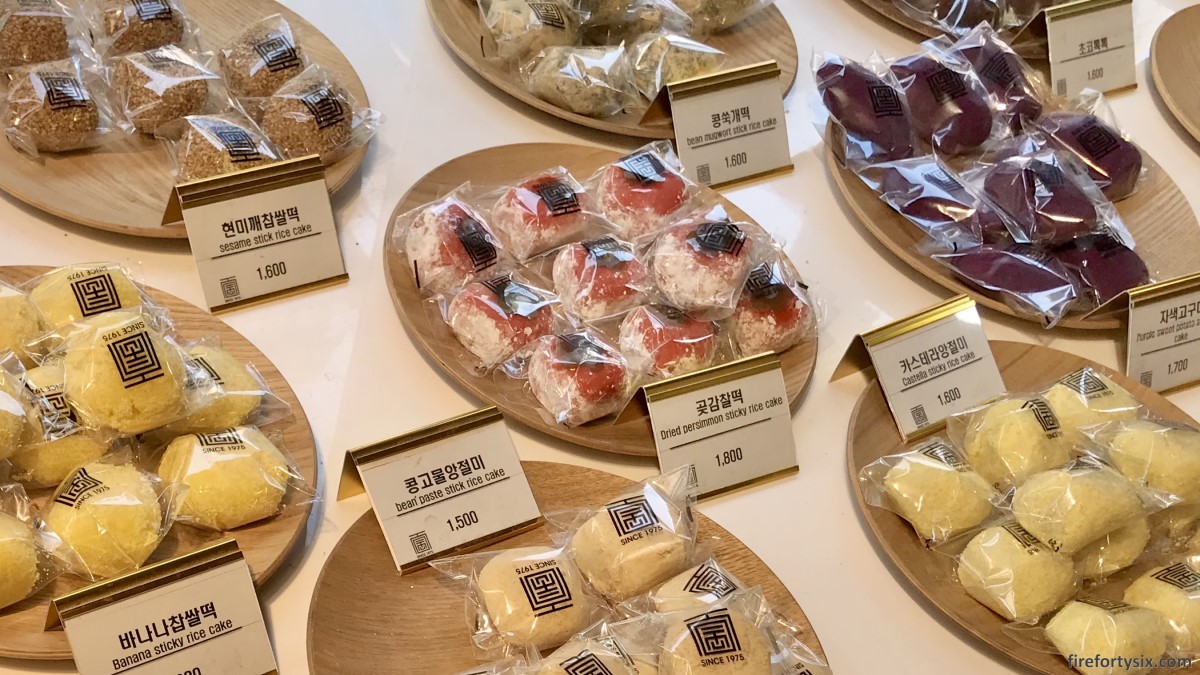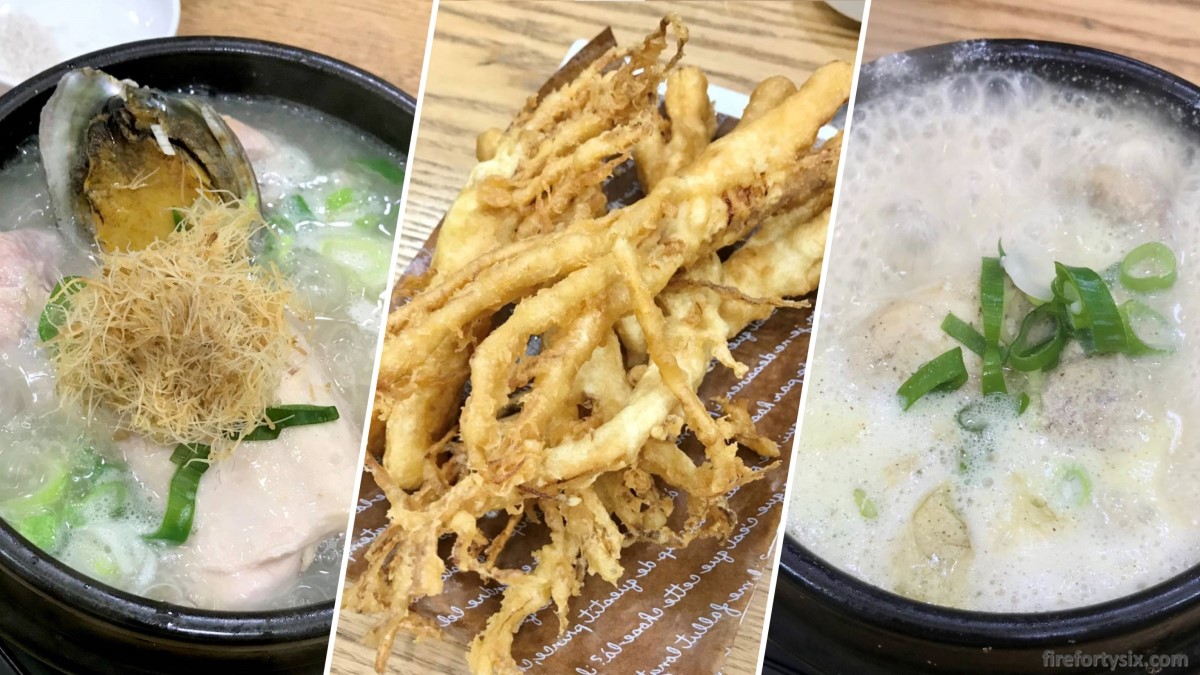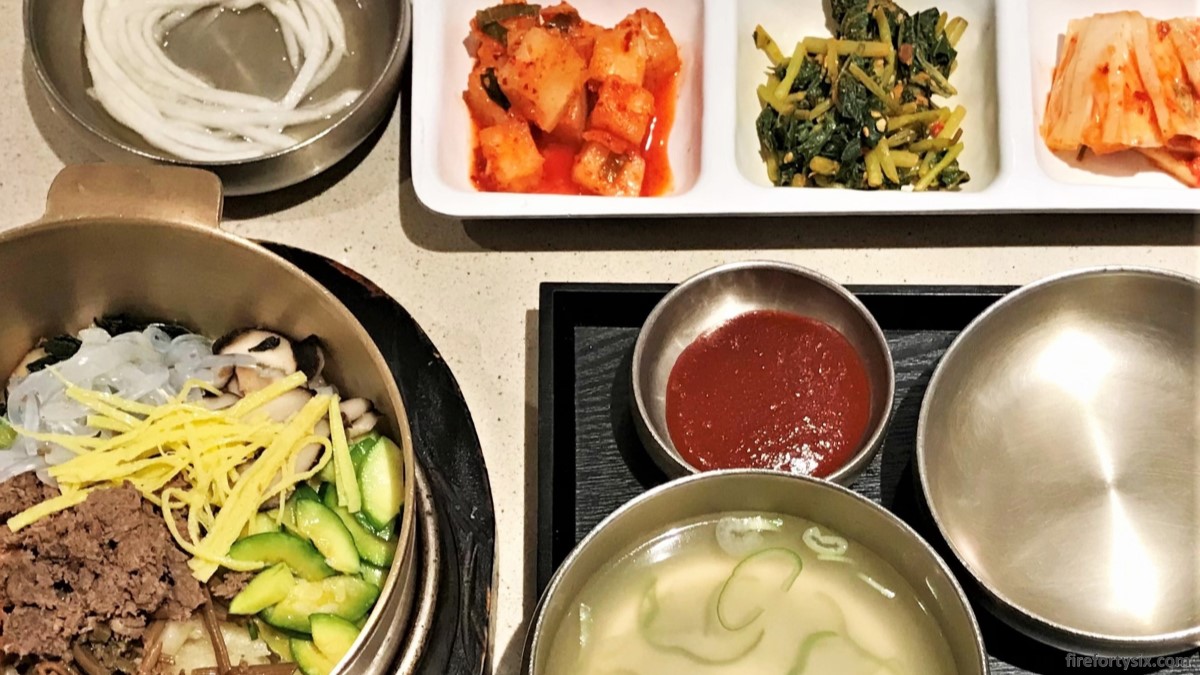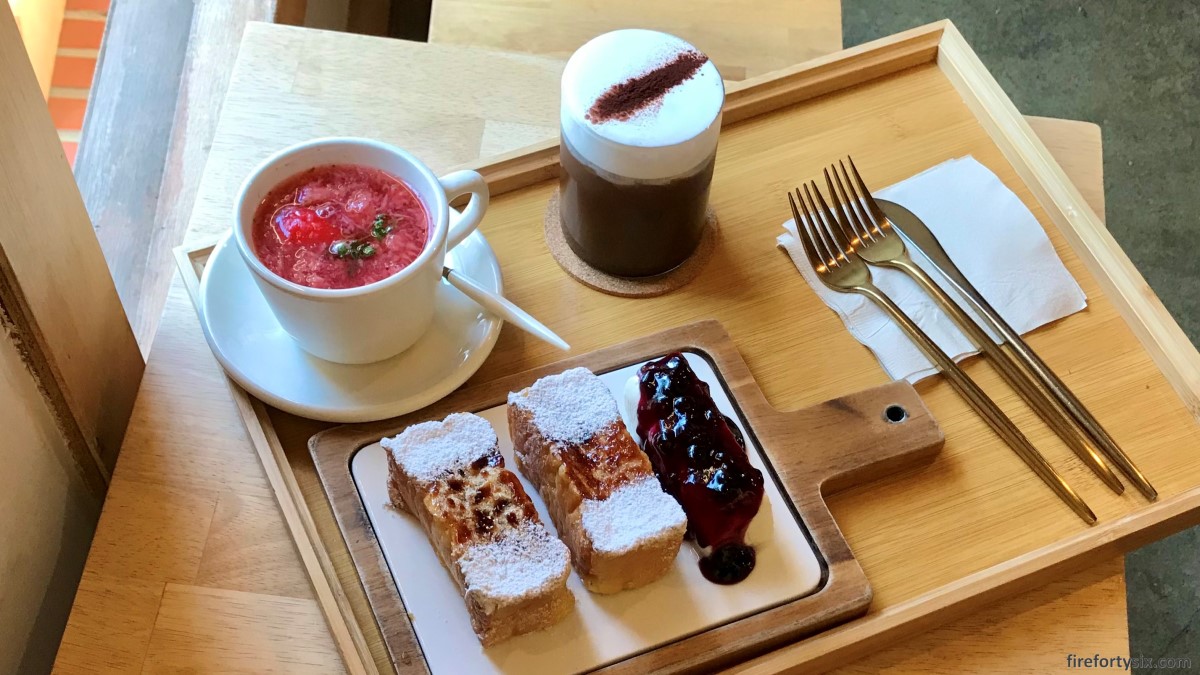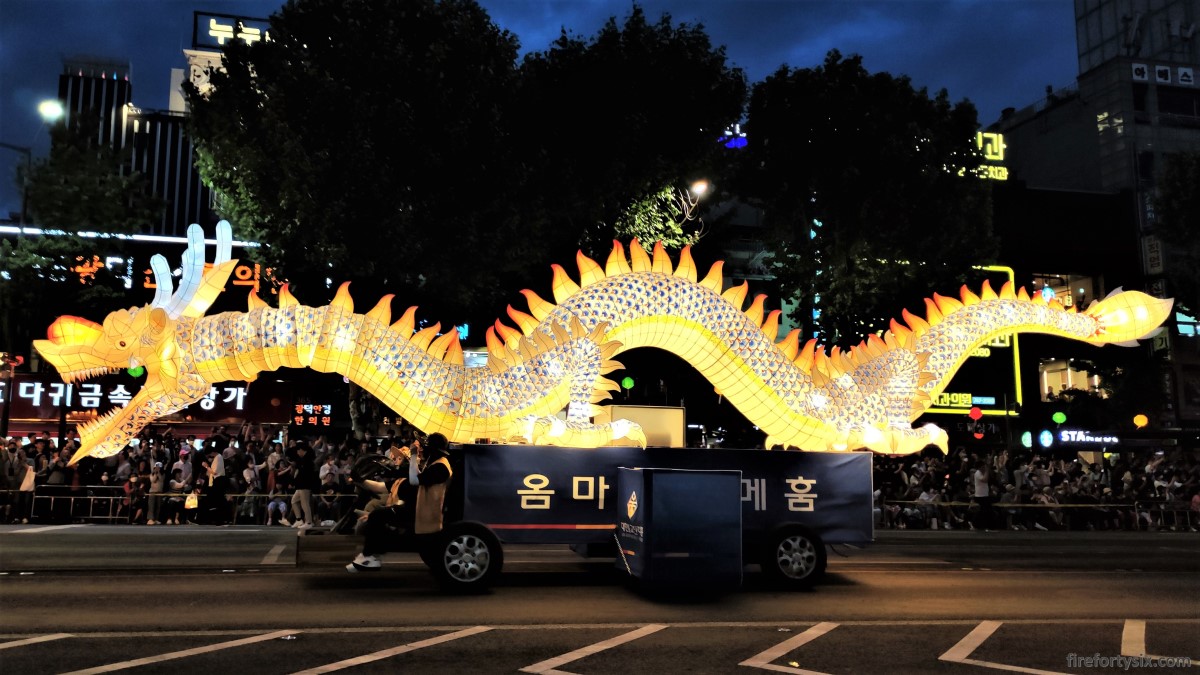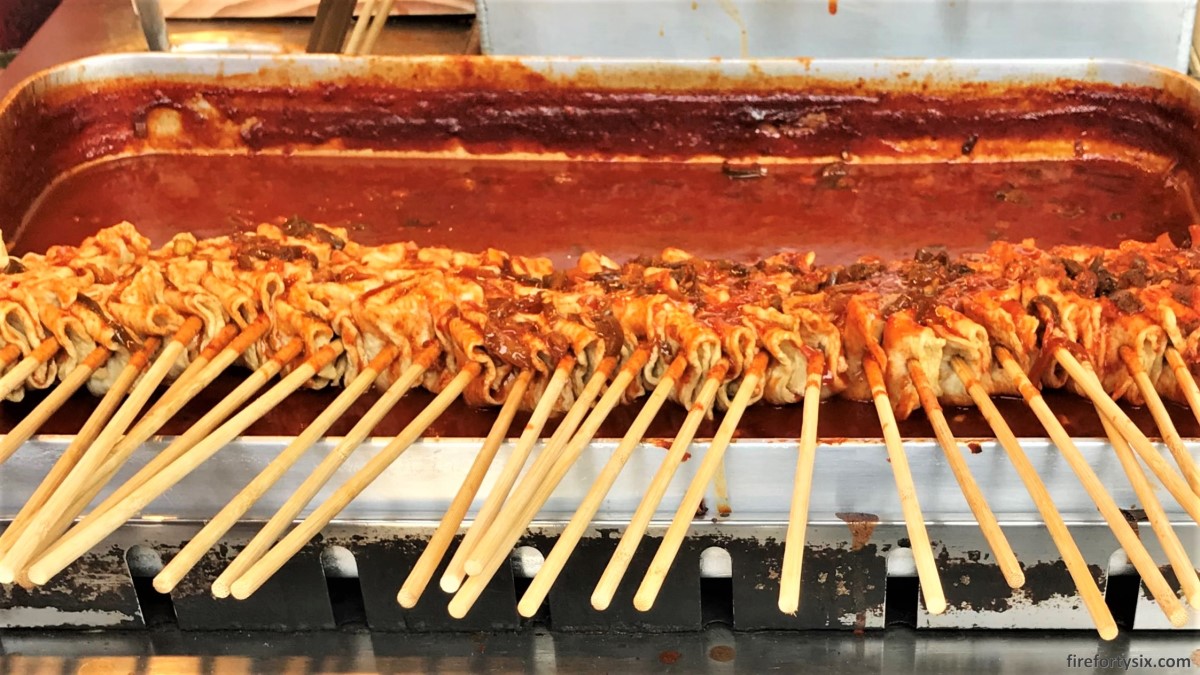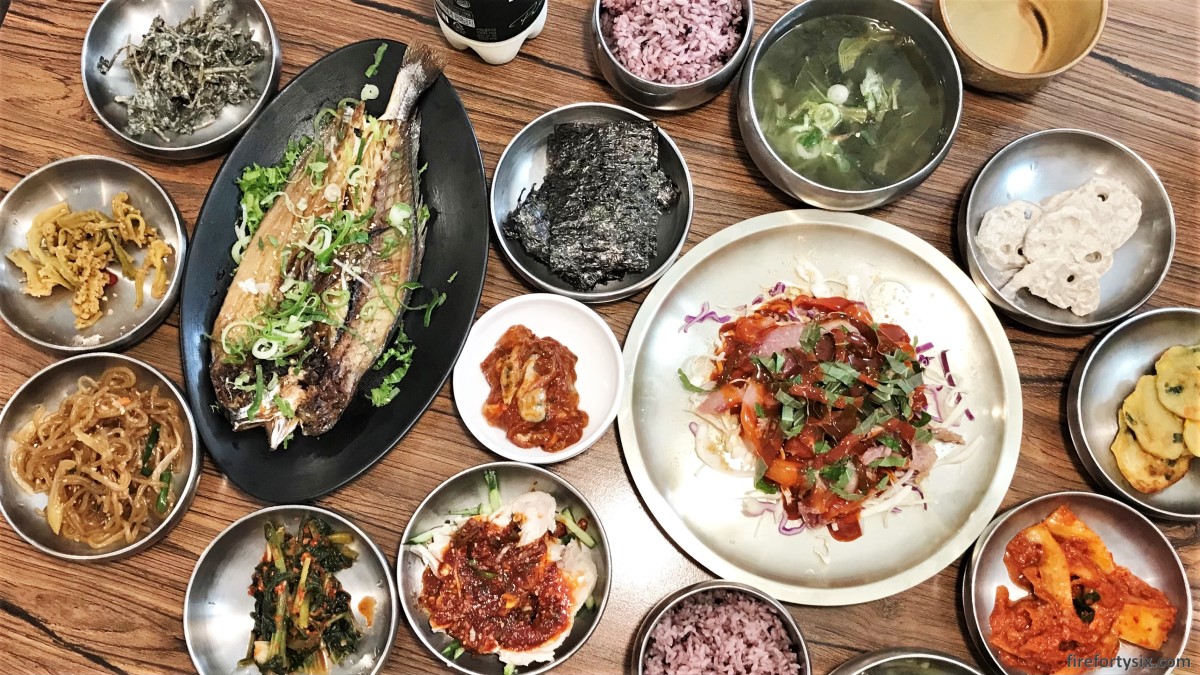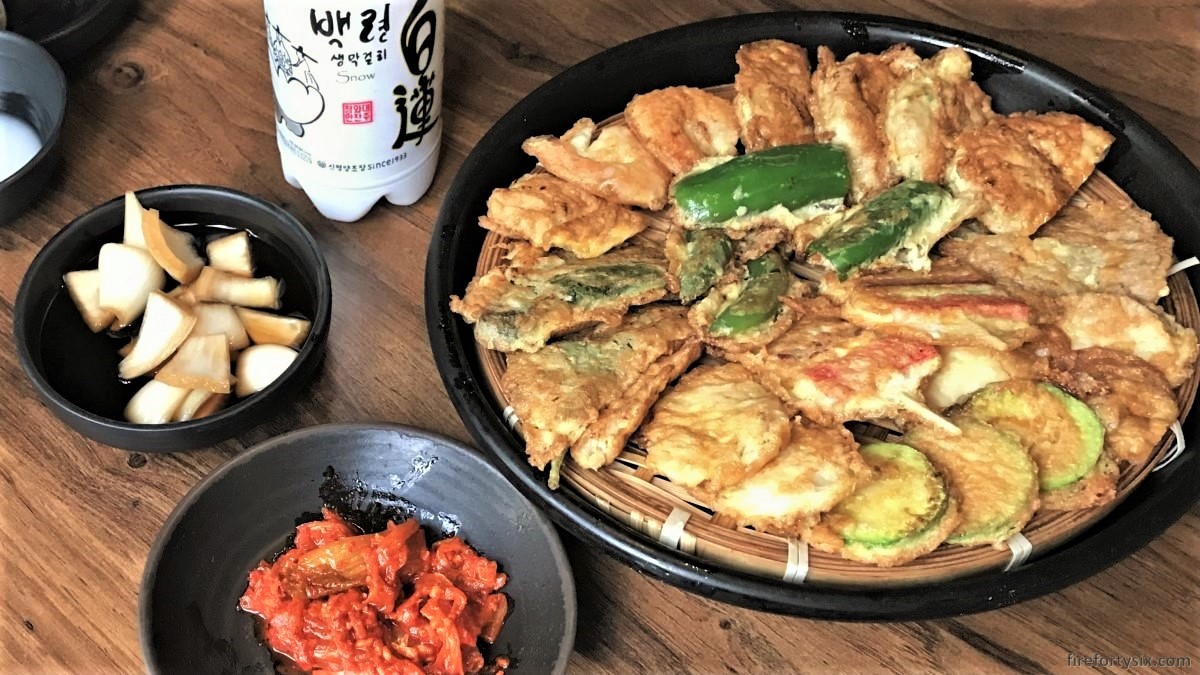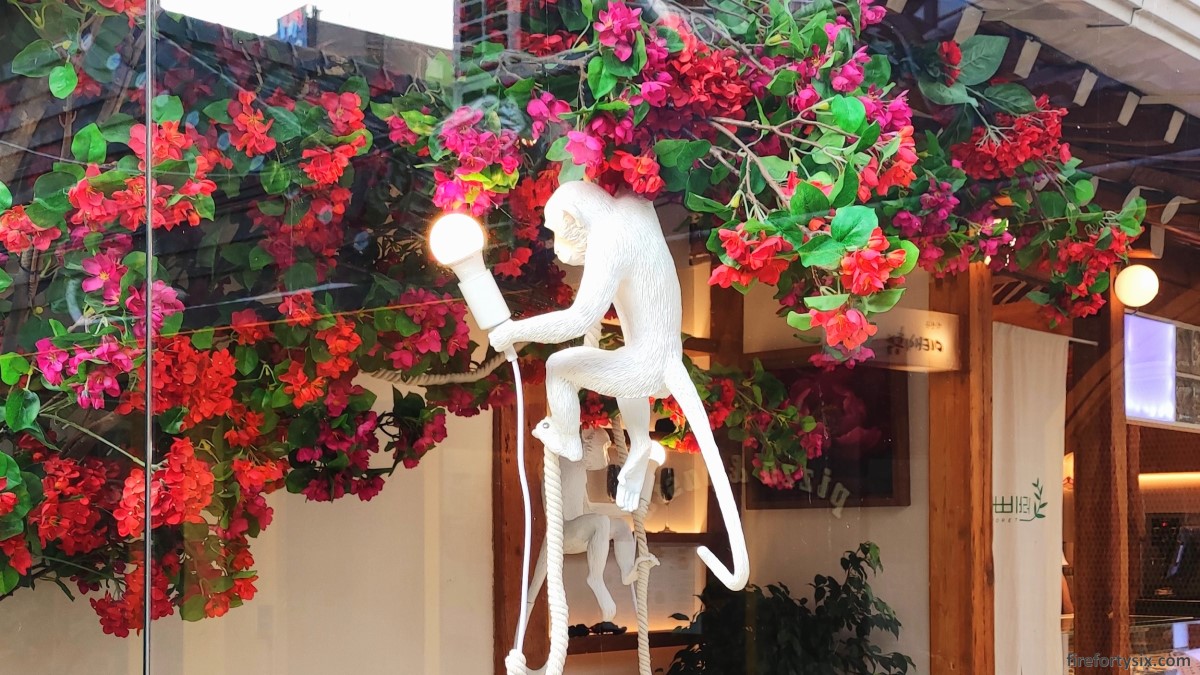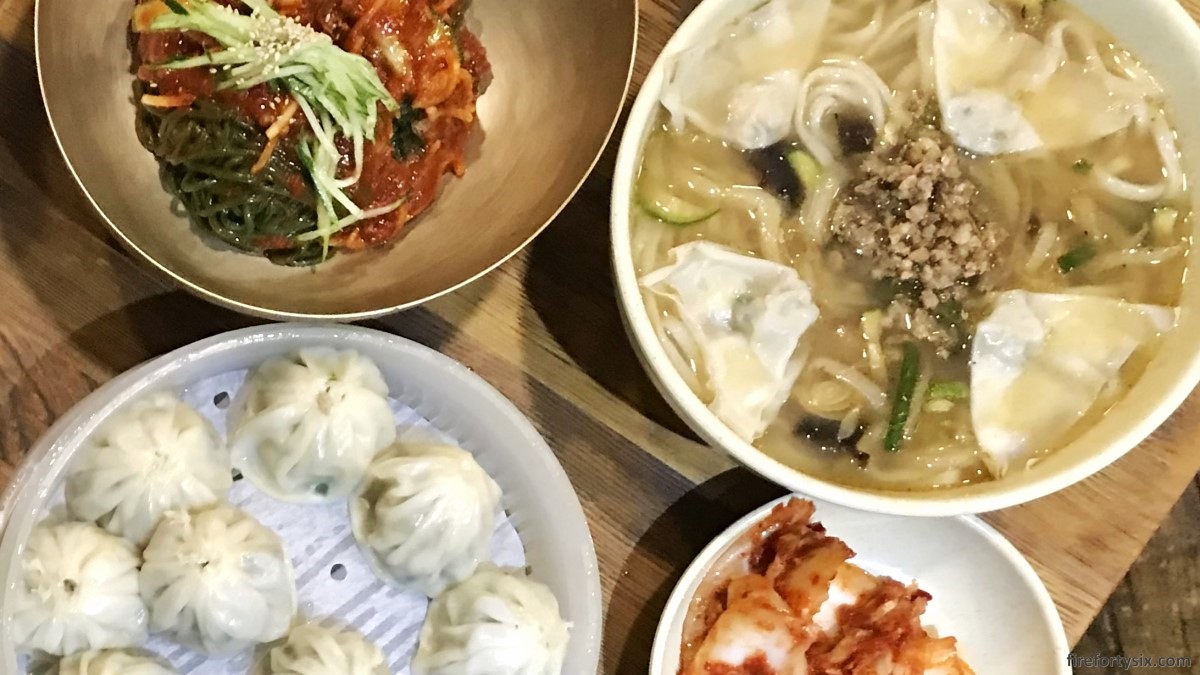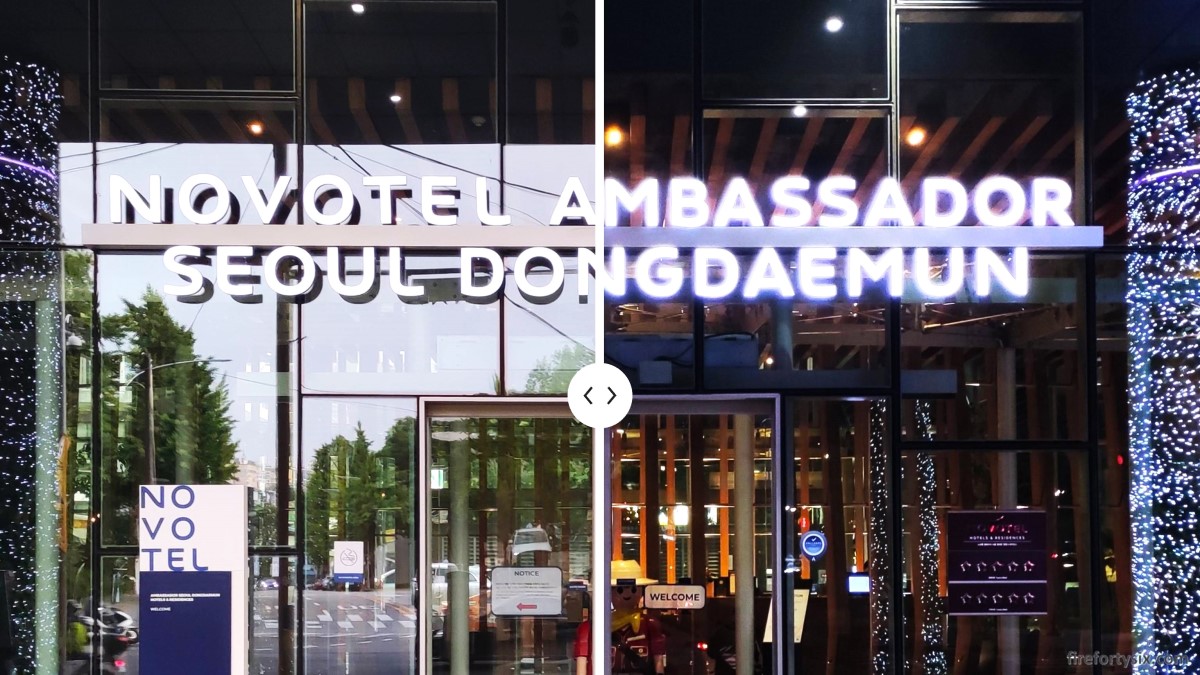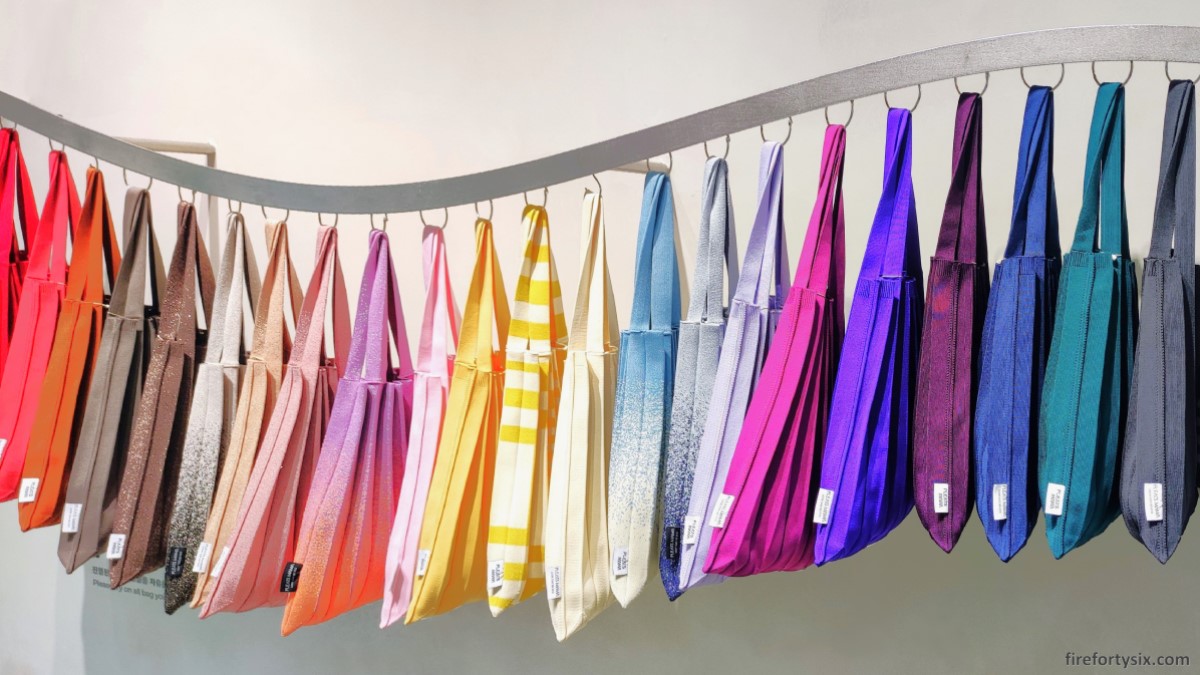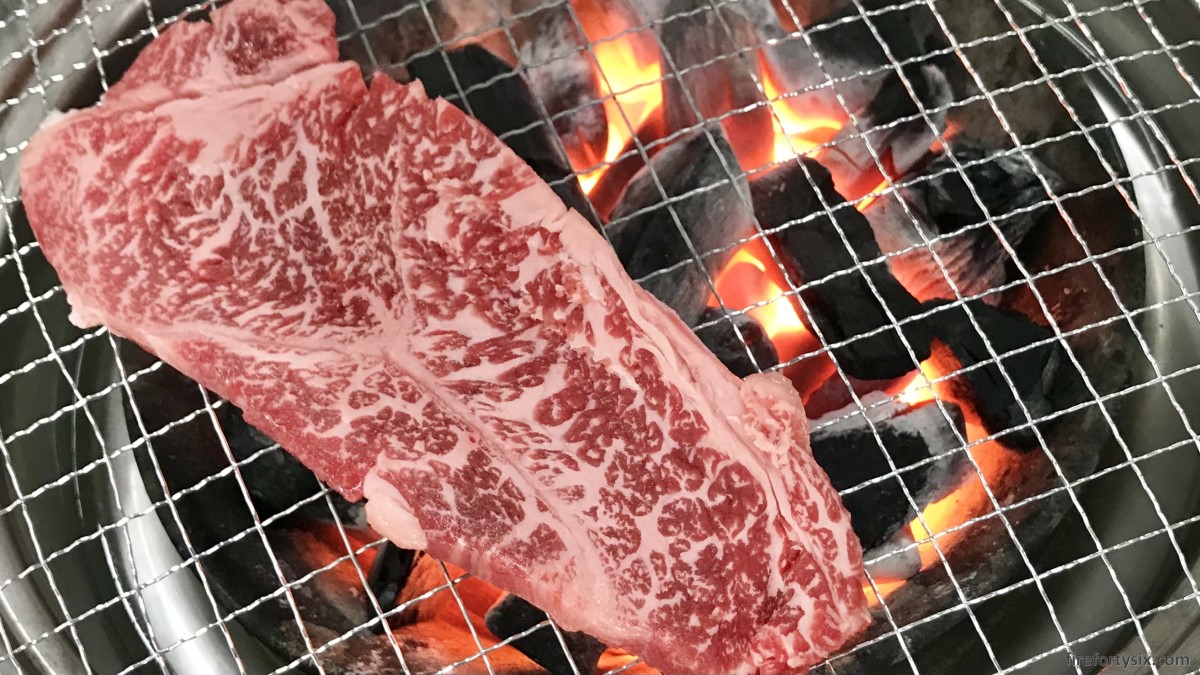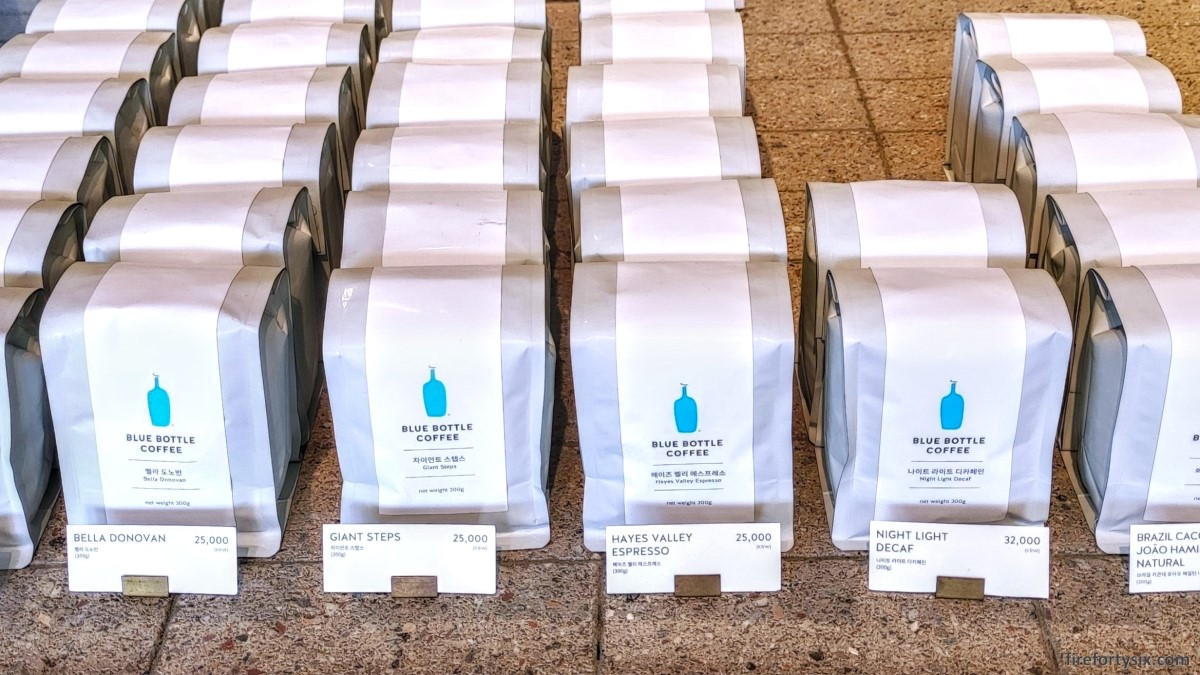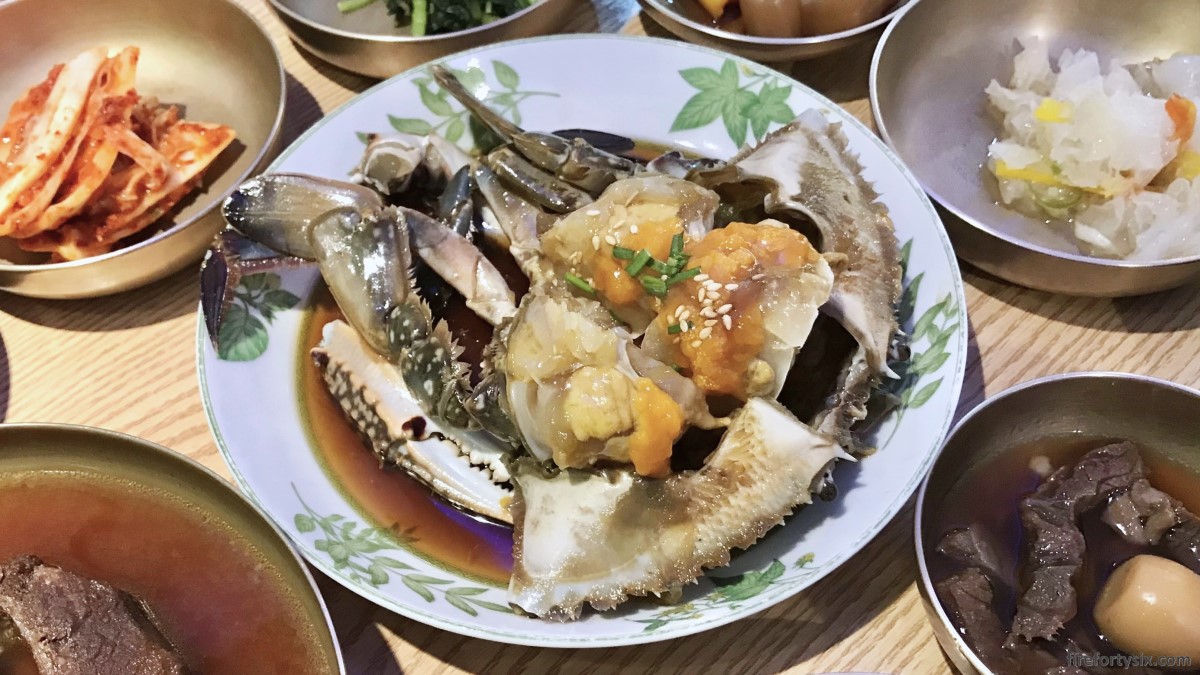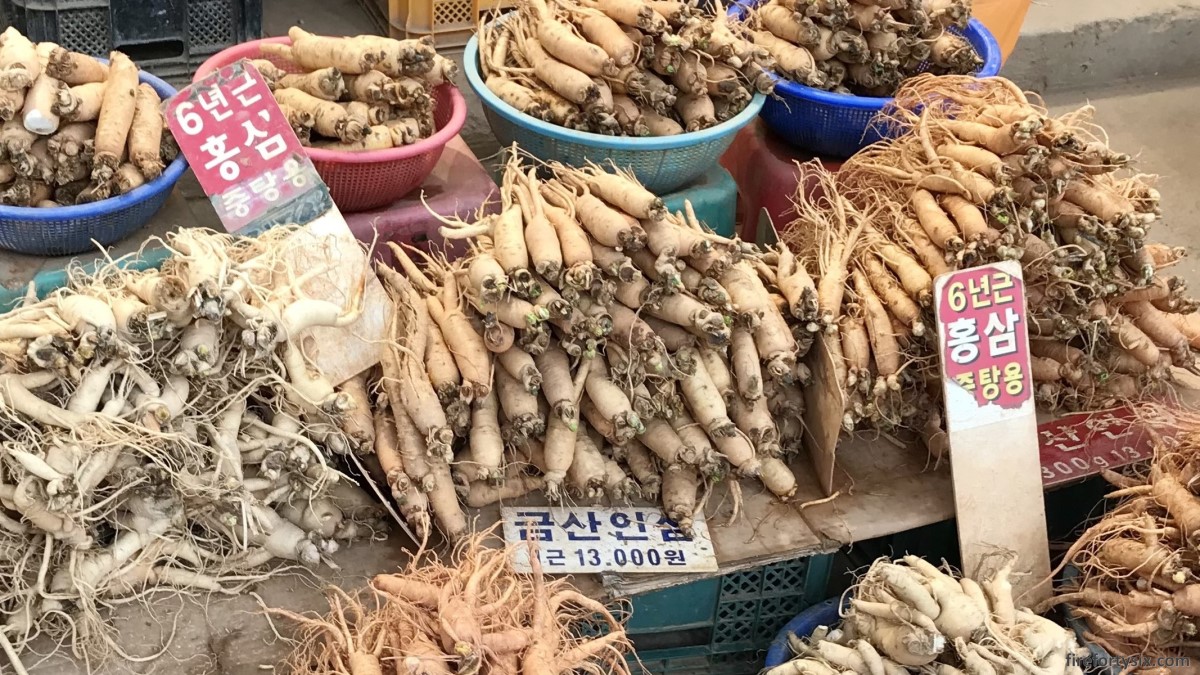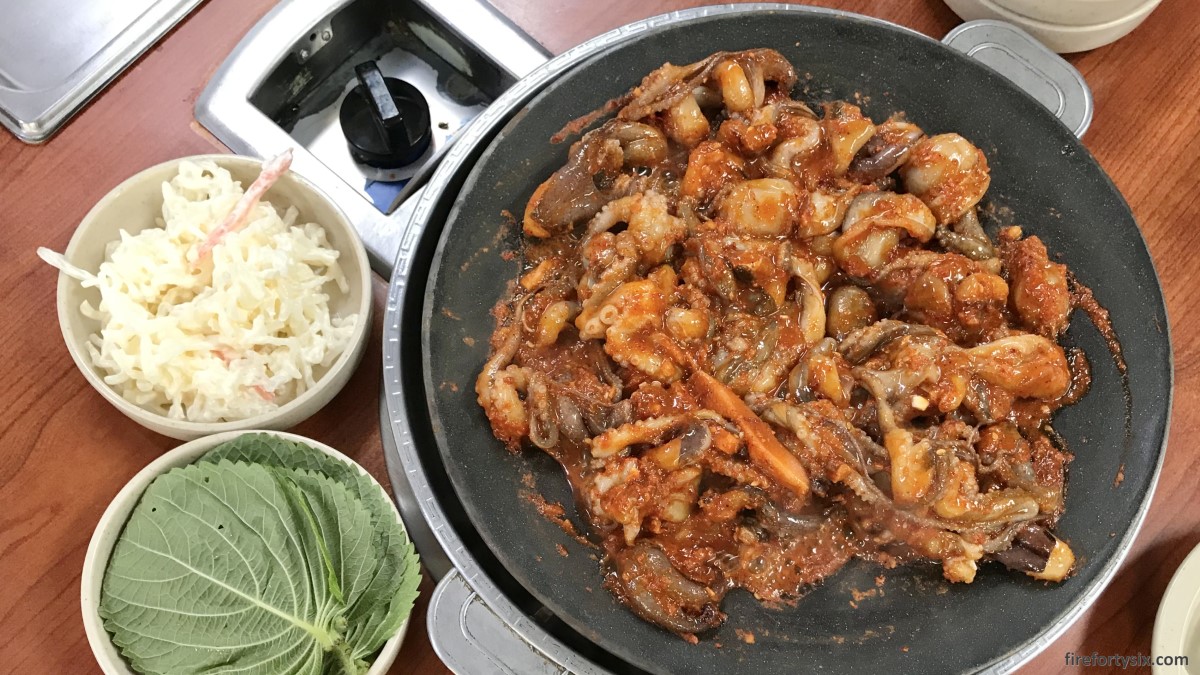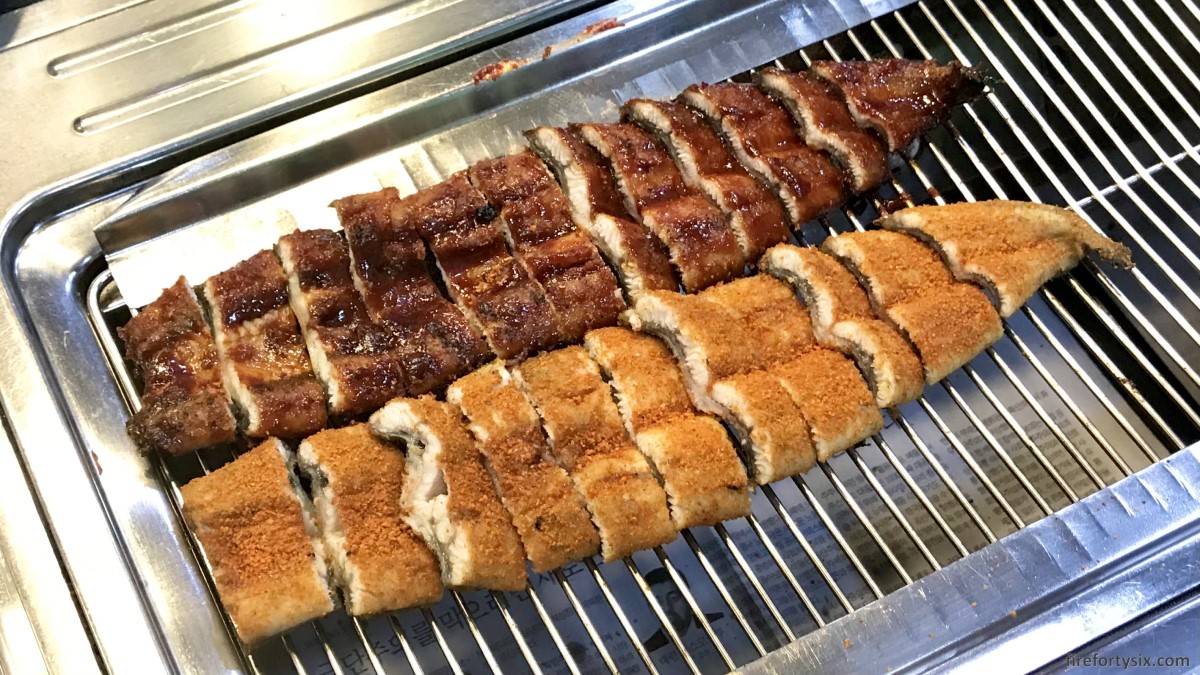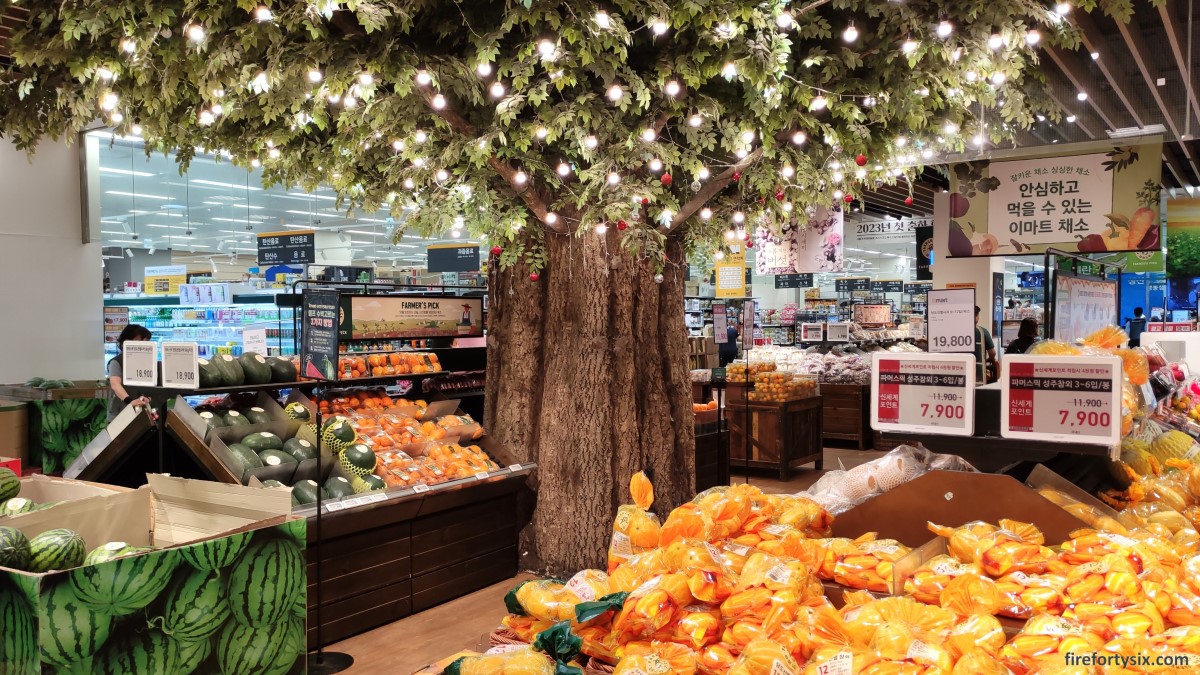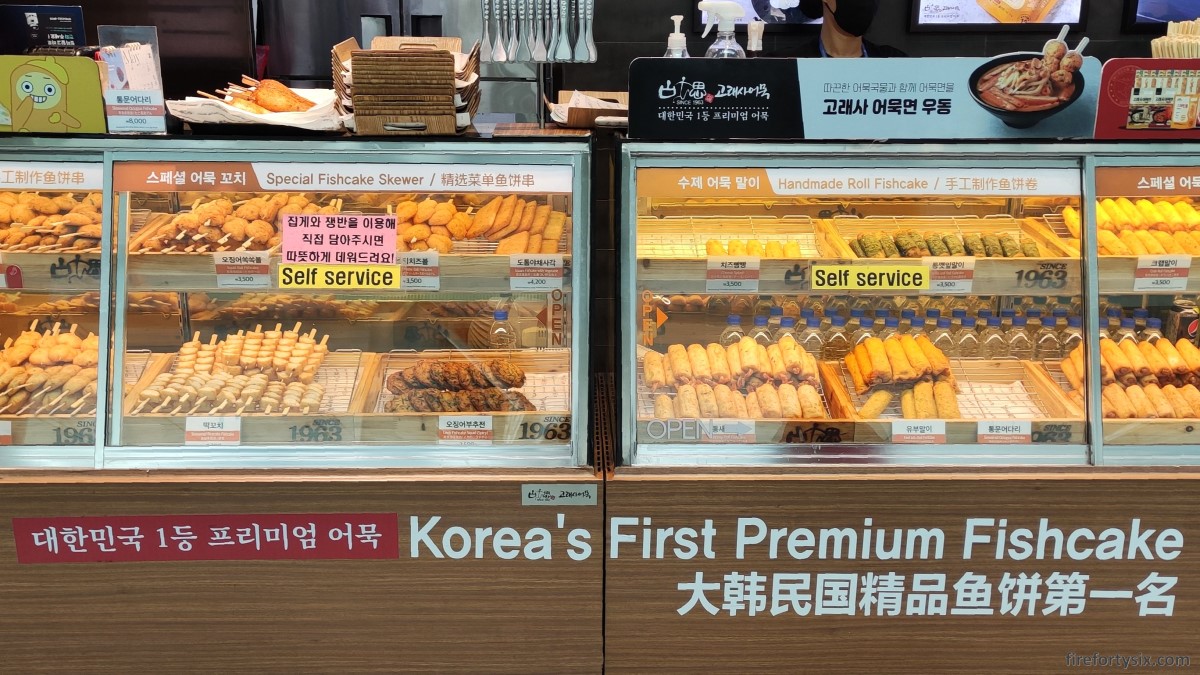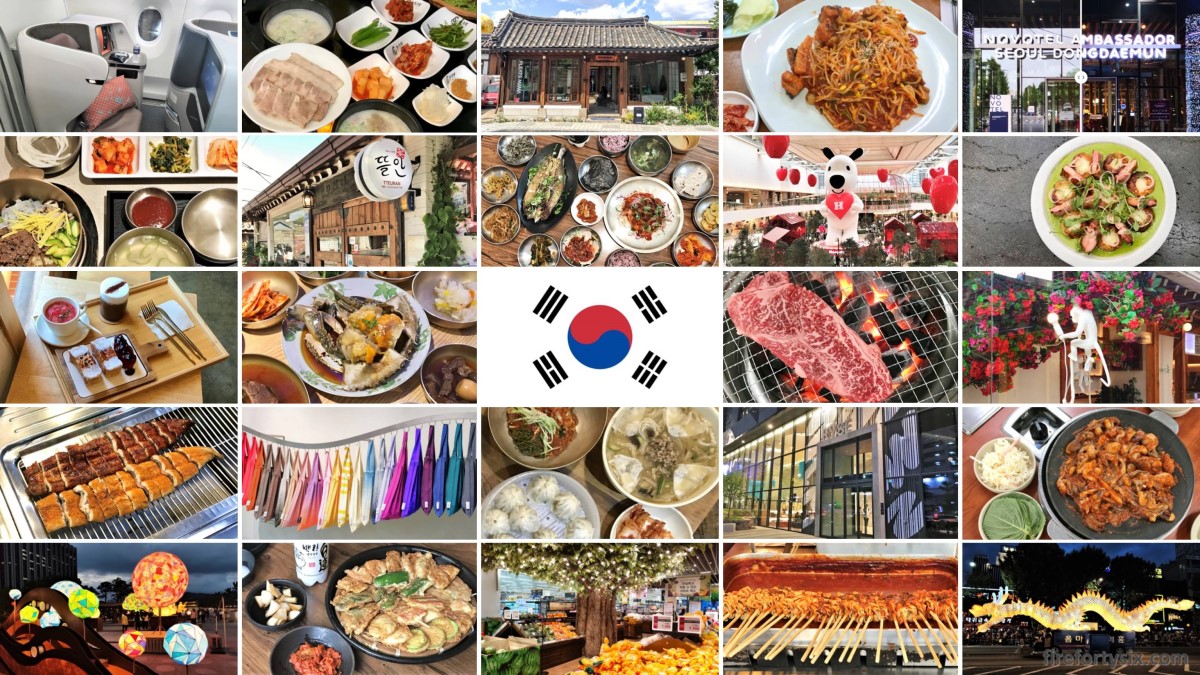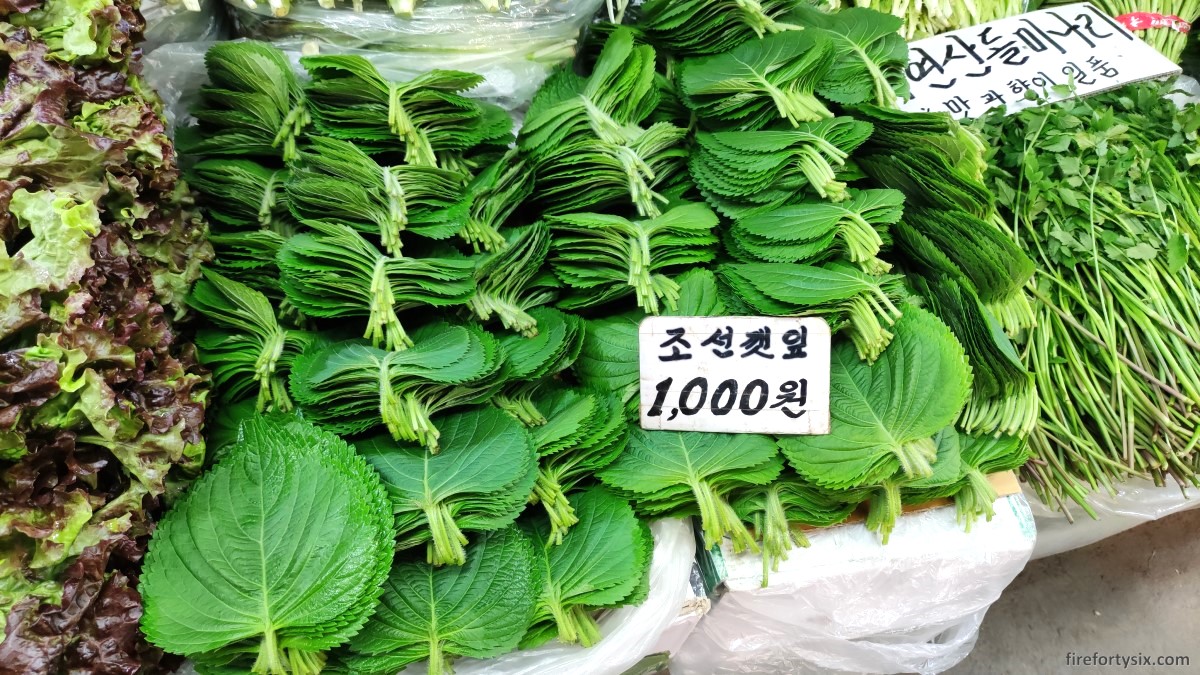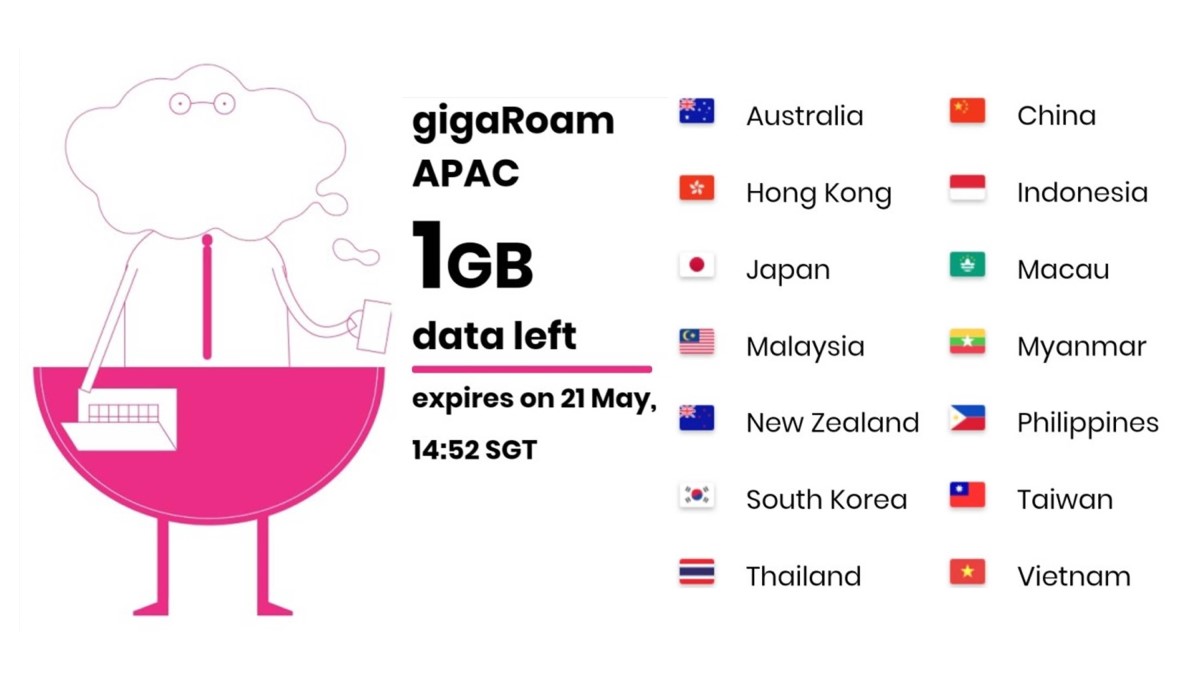We started our Seoul vacation during the tail end of spring, with temperatures expected to move up into the mid-twenties. But when we landed, a cold front had drifted into the city and the temperature that night dipped below 20°C.
Depending on where you’re from, that might mean t-shirts and shorts. But arriving from hot and sunny Singapore, it was windbreaker weather for us. After checking into our hotel in Hongdae and dumping our luggage, we headed out for dinner.
The itinerary I planned included meals at numerous Korean restaurants, many of them featuring spicy dishes like agujjim and jjukkumi. To prepare our stomachs for the heavy lifting they’d be doing in the coming days, we decided to start our K-food adventure with a heartwarming bowl of pork soup.
Donsubaek had an impressive 4.5⭐/5 on Naver Maps and happened to be just down the street from our hotel. The GPS and walking directions told us that we were near the restaurant, but we had some difficulty finding the exact location.
The Wife politely stopped a nearby security guard ajusshi, pointed to her Naver Maps and asked in her best Korean: “Annyeonghaseyo. Donsubaek?” It triggered an immediate acknowledgement, followed by an arm pointing to the restaurant on the street corner.
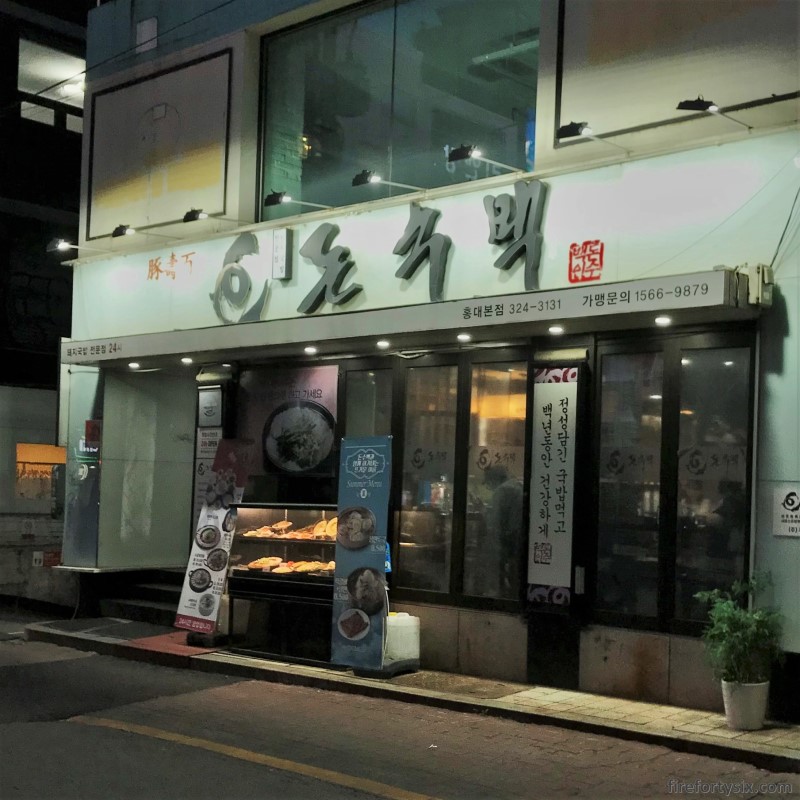
Service was efficient and we were quickly ushered to our seats upon entering. Looking around, I would say that the diners were split 50/50 between locals and tourists, both Asian and Western.
And the locals could be broadly categorised into two groups: diners who were there for a quick bite, and those who were there for a gathering with friends. You can easily tell the difference by counting the number of soju and beer bottles ordered, and by the amount of noise made.
Since we were obviously tourists, the staff handed us English and Chinese menus. They were well-worn and dog-eared, with prices hastily scratched out and amended multiple times with a black marker pen.
The ink unfortunately didn’t stick well and it wasn’t entirely clear what the current prices were. So, to be safe, we used the plastic-encased Korean menu displayed on the table, and Papago’ed it to English.

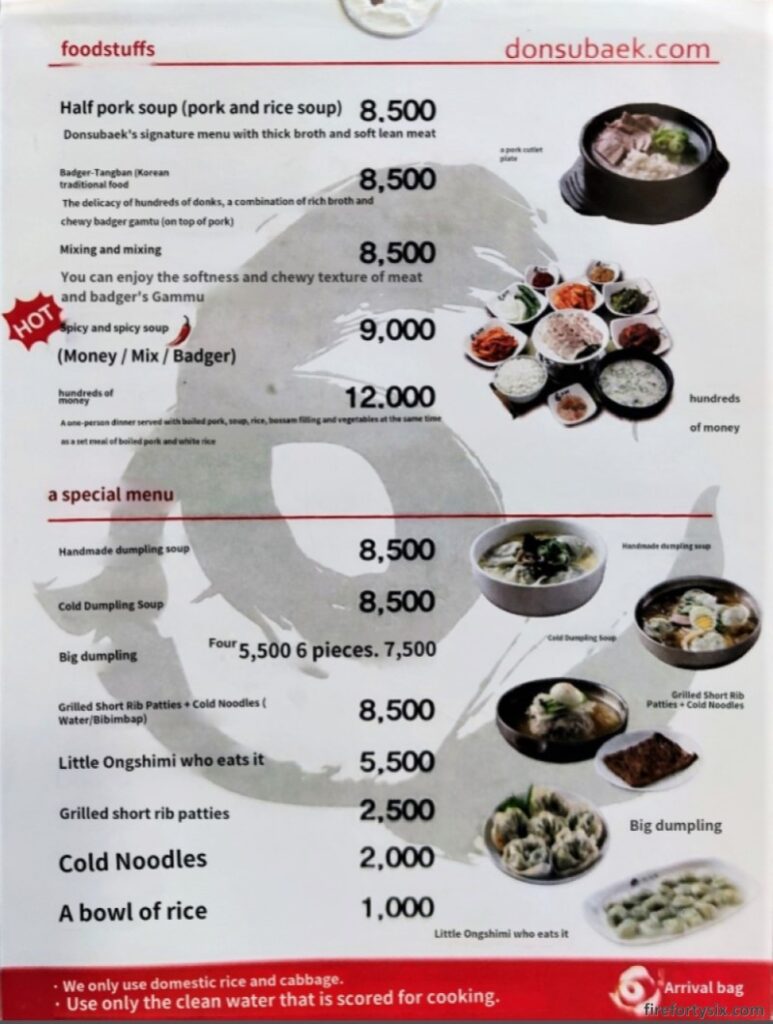
We placed our order for the Donsubaek set, translated to “hundreds of money”, a wonderfully auspicious name. At ₩12,000 per person, it included pork soup, boiled pork, noodles, rice, vegetables which doubled up as wrappers for the pork and, of course, various banchan.
Judging from the numerous autographed photos of famous celebrities hanging on the wall, it was clearly a popular eatery. Given its proximity to Hongdae and the fact that it’s open 24 hours a day, 7 days a week, it must be where many people grab a bite after a heavy night of drinking and clubbing.
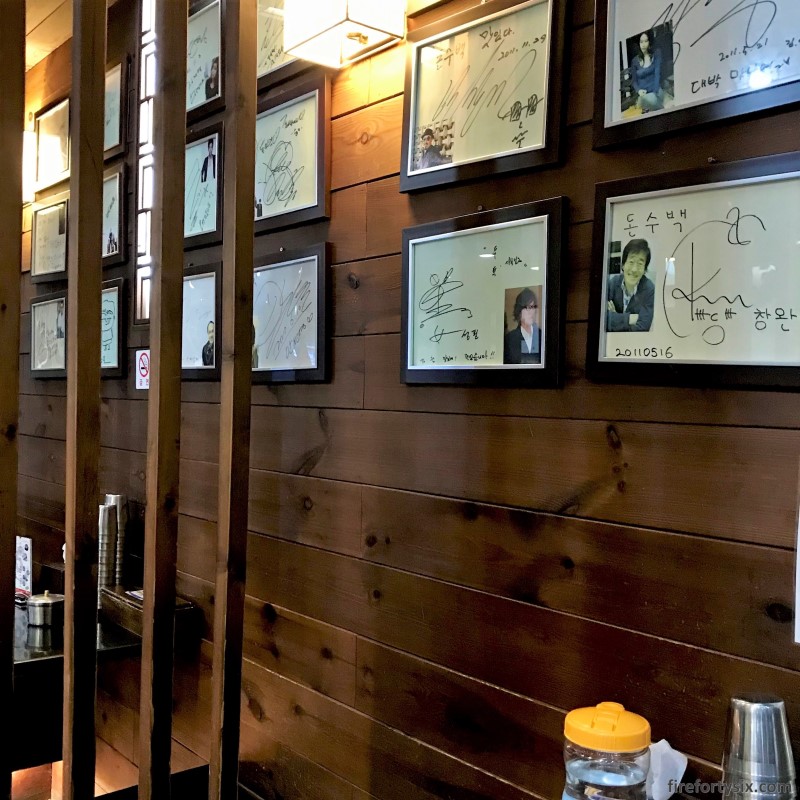
There was a sign written in hangul pasted on the wall, highlighting what must have been the restaurant’s motto. This time, Papago translated Donsubaek to “Don’t drink beer”, which I’m sure is totally _not_ what the restaurant wants its customers to do.


In true Korean pali pali style, dishes were served almost as soon as we finished ordering. This included three difference sauces (samjang, doenjang and ganjang), raw green chillis, kimchi (cabbage and radish), spicy chives, lettuce leaves, noodles and rice.
Additionally, we each got individual earthen bowls of boiling hot pork soup, and shared a plate of sliced boiled pork, kept warm throughout the meal by a small flame underneath. Even though it was a simple meal, it looked quite impressive when everything was laid out together.


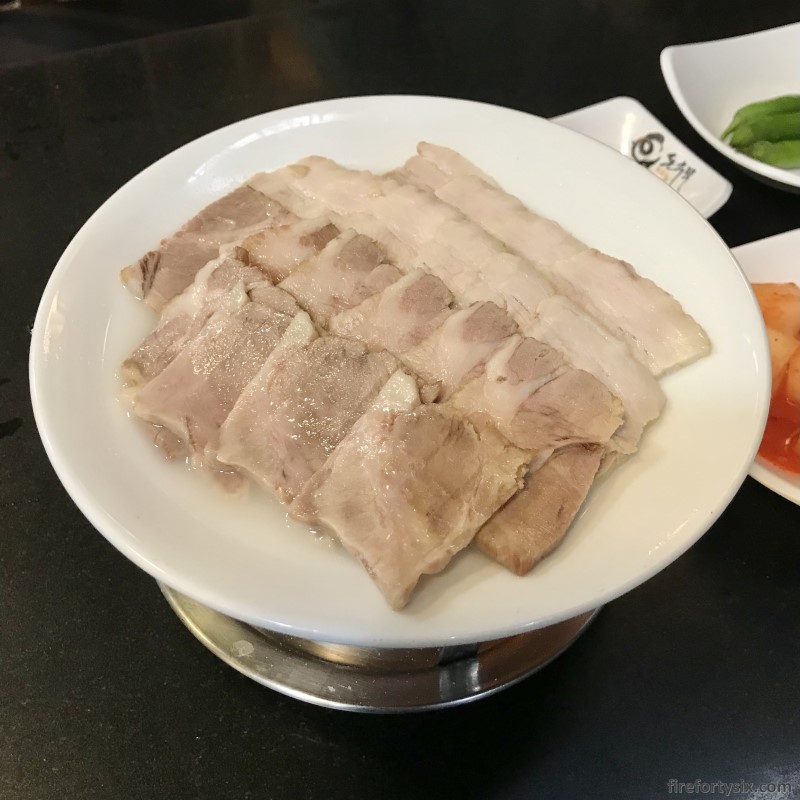

Despite its milky appearance, the pork soup tasted quite bland. Similar to seolleongtang, boiled down from ox bones, it came unseasoned so that diners could add salt and spicy chives to taste.
After a few tasting/seasoning iterations, I finally got it to taste mashisoyo. It was surprisingly clean tasting and didn’t taste porky at all. Likewise for the slices of pork floating in the soup.
Once I finished one-third of the bowl, I dumped in the rice noodles and made noodle soup. And after all the strands were slurped up, I mixed in spoonfuls of rice to make gukbap, literally “soup with rice”.
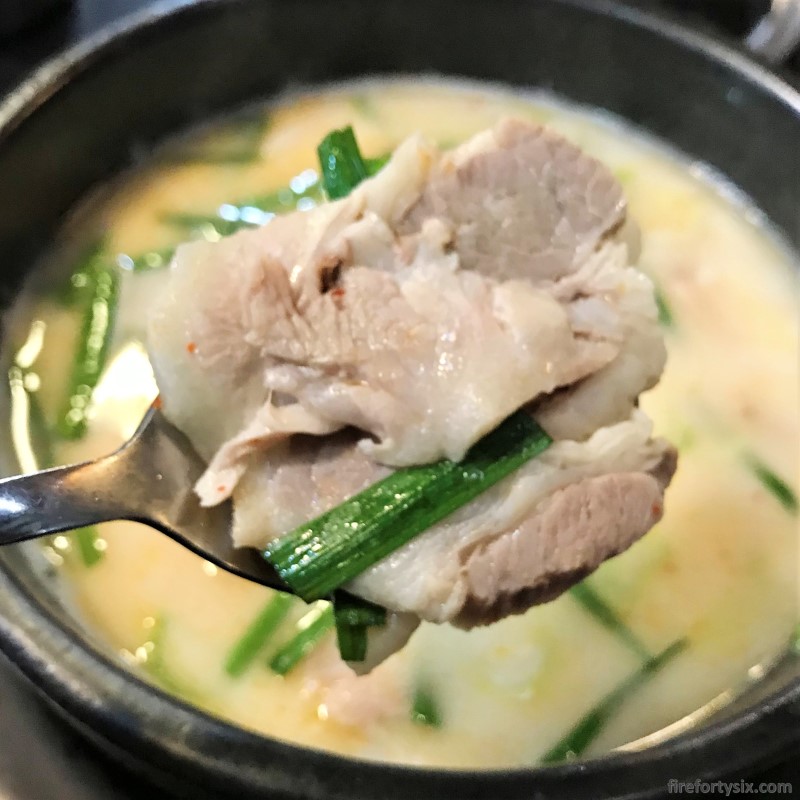
In between slurps of the soup, we made bossam with the pork slices by topping them with kimchi and wrapping them in the lettuce leaves to create one-bite mouthfuls. The pork slices came from different parts of the animal, and it was fun experiencing the different textures.
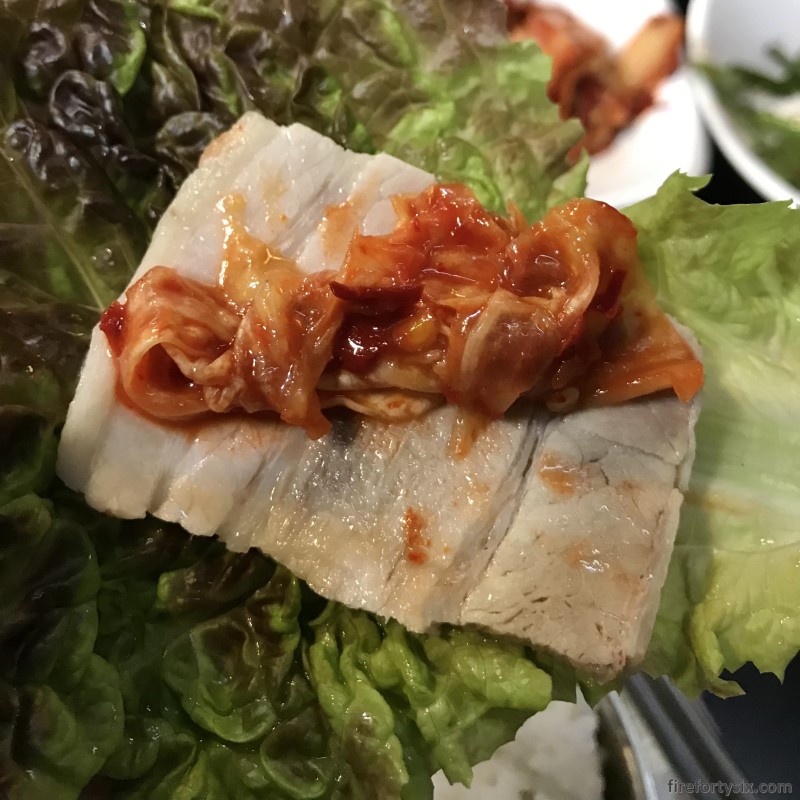
It wasn’t the fanciest of meals, and it definitely wasn’t the best that we had over the course of our trip, but it was the right food at the right time.
After a six plus hour flight, even if it was in Singapore Airlines Business class, and faced with an unexpected drop in temperature, a comforting and piping hot bowl of pork soup really hit the spot.
